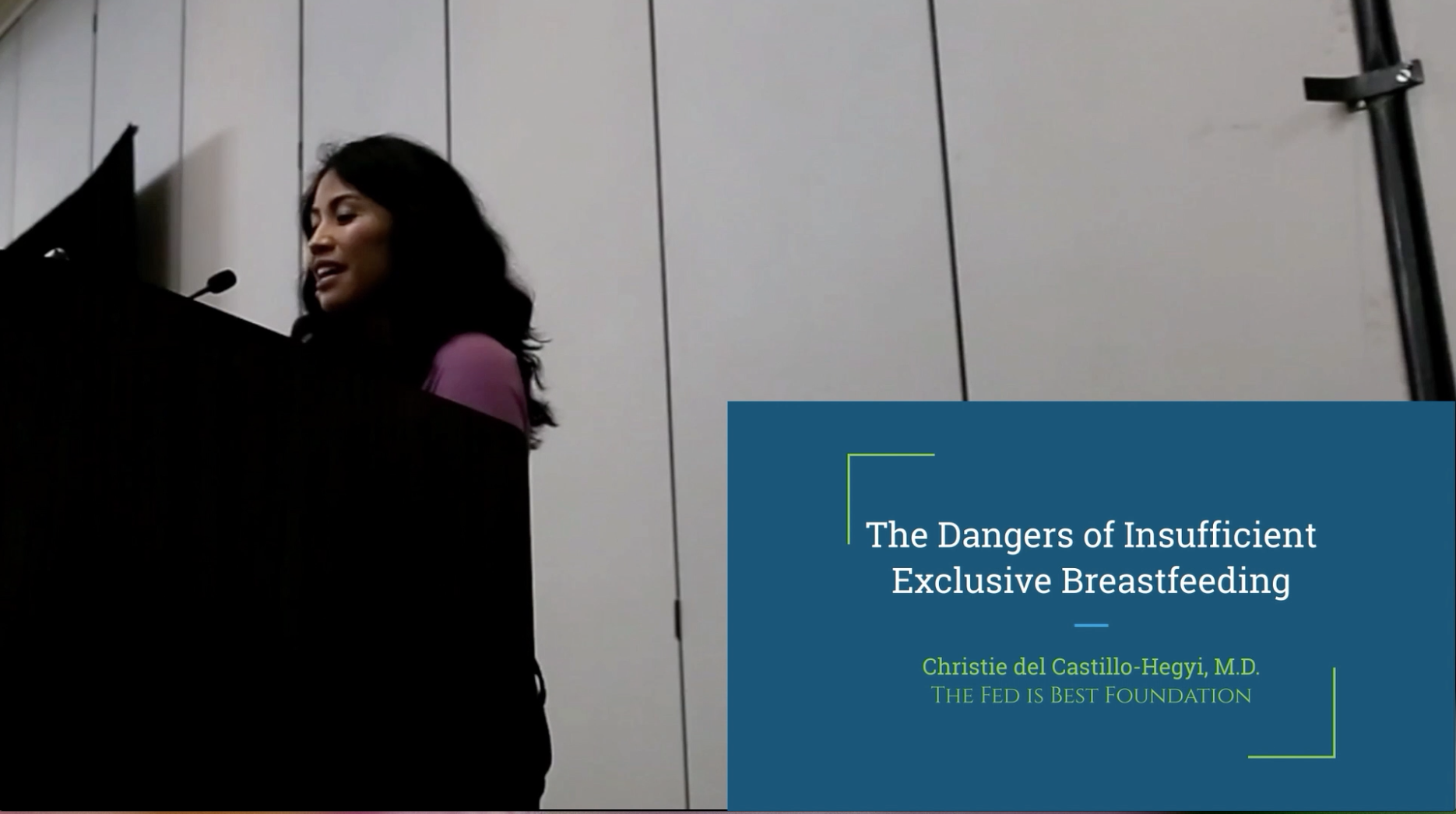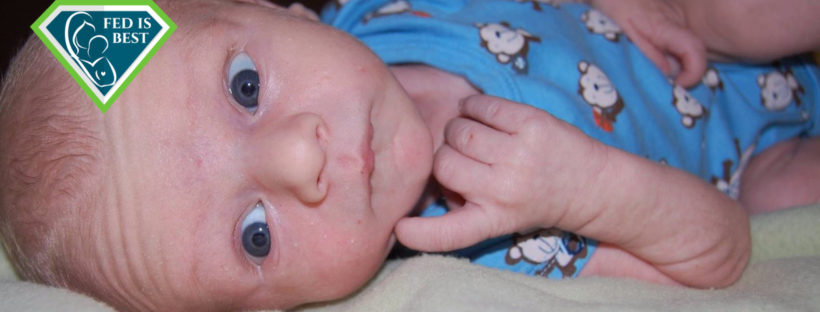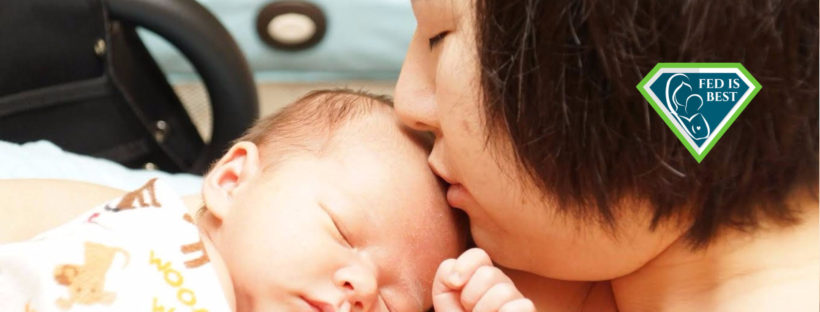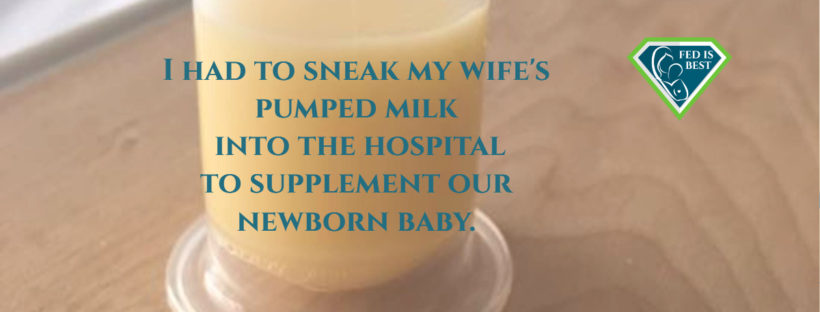Written by Hillary Kuzdeba, MPH
Many women in developed countries like the U.S. find that despite their best efforts, they are unable to exclusively breastfeed due to supply problems or other circumstances. They may feel pressured into finding some other way of ensuring their babies are exclusively breastfed, even though they cannot produce enough for baby. Adoptive parents may also feel pressure to provide breast milk. A lot of this pressure to provide breast milk comes from the over-exaggeration or misinterpretation of the benefits of breast milk on long term health outcomes, or from unfounded fears about infant formula.
Currently, there are two types of donor breast milk available to moms in the US, but only one type that is supported and recommended by major medical bodies like the American Academy of Pediatrics (AAP)(1, 2) and by the Fed is Best Foundation. Donor milk obtained from a milk bank or hospital is a safe and healthy alternative to mom’s own milk. (2) Milk banks thoroughly screen their donor moms to ensure the safety of the milk and pasteurize it following strict food safety protocols to destroy bacteria that can make infants very ill. Milk banks are similar to blood banks. These organizations are designed to make sure human body fluids, whether breast milk or blood products are screened and safe before they are used by vulnerable people like newborns and sick patients. This is because human body fluids, including breast milk, can pass transmissible infections like HIV from person to person.(3-5) For more information on the milk bank process, please visit https://www.hmbana.org/. Continue reading








